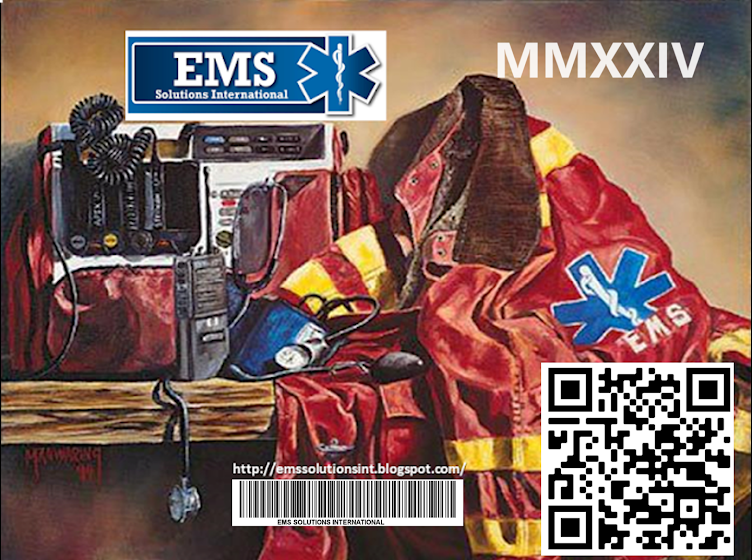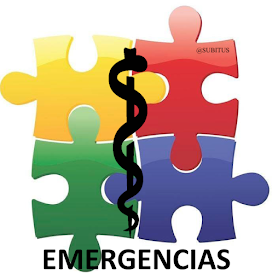 |
| Diseño de una cabina de helicóptero para servicios médicos de emergencia |
by on nov 15, 2012 • 9:36 am
Fuente medgadget
El diseño del espacio limitado en una cabina de helicóptero debe ser eficiente y facilitar el acceso a los monitores y otros dispositivos médicos. Thomas Weig y Prueckner Stephan son dos médicos de alto nivel en el departamento de anestesiología de la Universidad Ludwig-Maximilians-Universität en Munich y ambos trabajan como médicos de la medicina del aire en DRF Luftrettung en Filderstadt, Alemania. Junto con un graduado del departamento de diseño industrial en Weissensee Kunsthochschule en Berlín, analizaron los procesos de trabajo y el flujo de trabajo que se sucede en la cabina del helicóptero cuando está en el aire, y publicaron sus resultados a principios de este mes en el Air Medical Journal.
Su análisis se basó en un registro de vídeo con 4 cámaras durante las misiones, entrevistas estructuradas de la tripulación después de completarse las misiones, y el análisis de la documentación del vídeo con las fotografías obtenidas. Para este proyecto se utilizó un Eurocopter EC 145, un helicóptero bimotor de tamaño mediano. Esta es una máquina regular utilizada principalmente para la transferencia interhospitalaria o para los servicios médicos de emergencia. El interior del helicóptero fue desarrollado por Aerolite AG, Ennetbürgen, Suiza.
Uno de los cuellos de botella que identificaron parece ser la carga y descarga de los pacientes mientras están conectados a los monitores y con líneas de infusión intravenosa. Otros estudios anteriores también sugieren muchas desconexiones programadas o accidentales durante la carga y descarga de los pacientes.
Con respecto a estos resultados, el nuevo concepto de diseño se centra en 2 puntos principales: el uso práctico e intuitivo del monitor y la máxima seguridad y comodidad para el paciente durante su carga y descarga. Se construyo una maqueta a escala y se instaló en un EC 145 vacío para comprobar la viabilidad.
El último concepto funciona como un cajón: los dispositivos médicos están montados en un carril guía y están conectados a una distancia fija con la camilla de transporte. Todo esto entra con el paciente al helicóptero. Los dispositivos de monitorización de pacientes utilizan conexiones inalámbricas y son completamente desconectables. Este concepto de diseño final integra una mejor comodidad y seguridad para el paciente y el personal.
Su análisis se basó en un registro de vídeo con 4 cámaras durante las misiones, entrevistas estructuradas de la tripulación después de completarse las misiones, y el análisis de la documentación del vídeo con las fotografías obtenidas. Para este proyecto se utilizó un Eurocopter EC 145, un helicóptero bimotor de tamaño mediano. Esta es una máquina regular utilizada principalmente para la transferencia interhospitalaria o para los servicios médicos de emergencia. El interior del helicóptero fue desarrollado por Aerolite AG, Ennetbürgen, Suiza.
Uno de los cuellos de botella que identificaron parece ser la carga y descarga de los pacientes mientras están conectados a los monitores y con líneas de infusión intravenosa. Otros estudios anteriores también sugieren muchas desconexiones programadas o accidentales durante la carga y descarga de los pacientes.
Con respecto a estos resultados, el nuevo concepto de diseño se centra en 2 puntos principales: el uso práctico e intuitivo del monitor y la máxima seguridad y comodidad para el paciente durante su carga y descarga. Se construyo una maqueta a escala y se instaló en un EC 145 vacío para comprobar la viabilidad.
El último concepto funciona como un cajón: los dispositivos médicos están montados en un carril guía y están conectados a una distancia fija con la camilla de transporte. Todo esto entra con el paciente al helicóptero. Los dispositivos de monitorización de pacientes utilizan conexiones inalámbricas y son completamente desconectables. Este concepto de diseño final integra una mejor comodidad y seguridad para el paciente y el personal.
Article in Air Medical Journal: Helicopter Cabin Design for Emergency Medical Services and Interhospital Transfer
Artículo traducido por: Tilo Febres-Cordero
tilofc@medgadget.es
tilofc@medgadget.es
| Servicio Navarro de Salud Helicóptero Sanitario |





